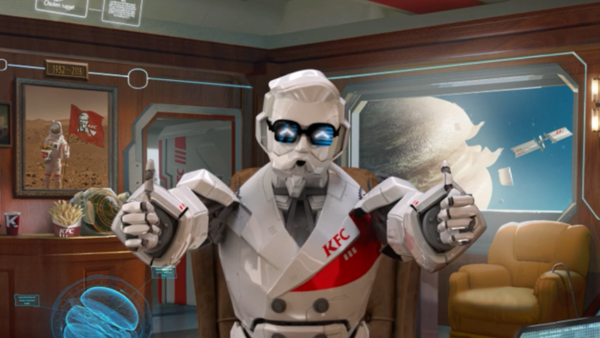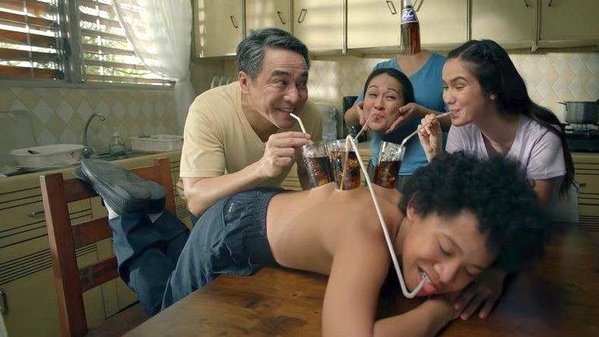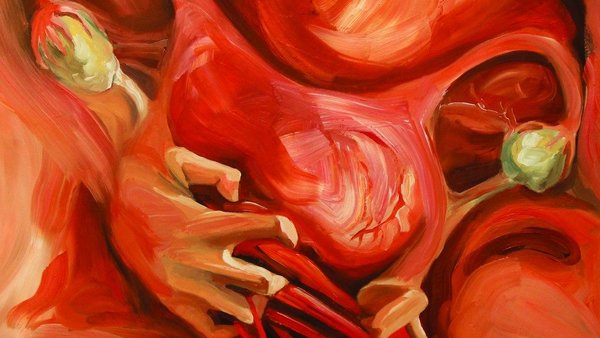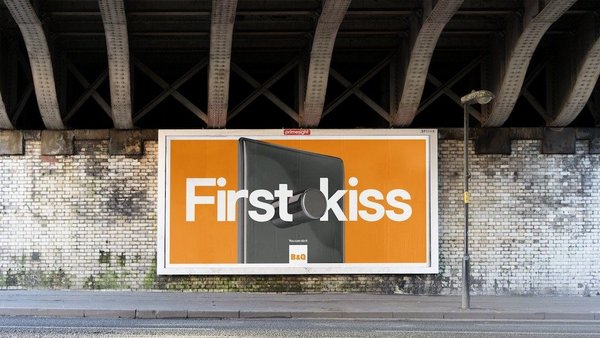Insight & strategy
The strategy behind Netflix’s Twitch horror stunt for Blood Red Sky /
How a global streaming platform turned a film premiere into an interactive live-streamed horror experience
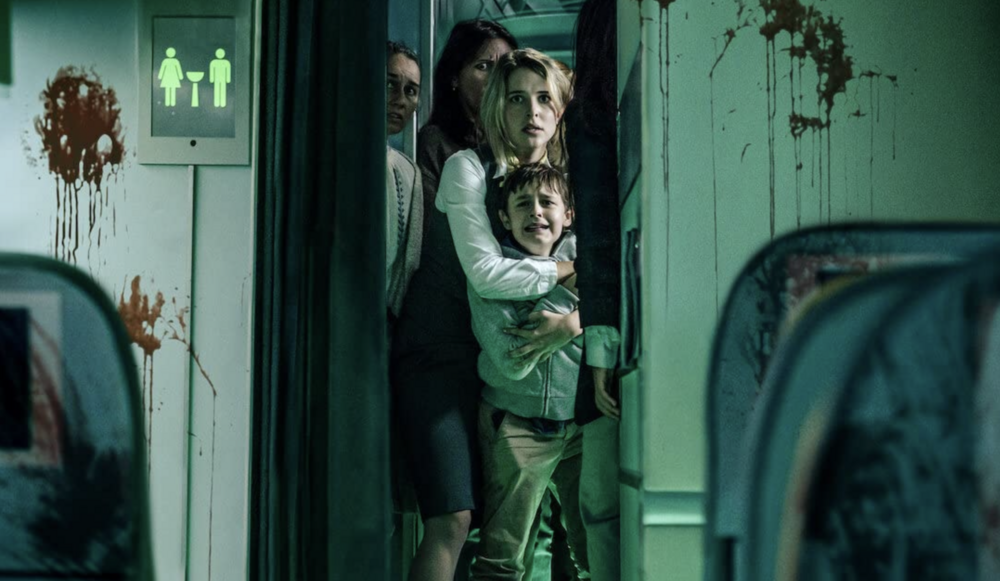
In 2021 Netflix in Germany invited 40 influencers to watch a premiere of its action-horror movie Blood Red Sky inside a replica airplane – so it could live stream them getting attacked by marauding vampires.
The inside of the plane was fitted with secret cameras and broadcast to streamer H0llyLP’s Twitch channel. A plugin allowed H0llyLP’s audience to decide in real time what happened to the influencers, by setting off fire alarms, dropping oxygen masks, or marking them out as victims for the actors dressed as vampires.
In under three hours, the influencers posted more than 150 pieces of content to their social platforms, reaching over 3 million people. The Twitch stream itself attracted over 100,000 viewers, and Blood Red Sky went on to reach the number one spot on Netflix in 57 countries.
Contagious caught up with Sean Chambers, chief creative officer at Tommy London, the agency behind the campaign, and Flo Hoffmann, senior marketing manager (DACH region) at Netflix.
Can you tell us about Netflix’s performance in Germany?
Flo Hoffmann: Netflix came to the region and was essentially the single player in the streaming market. We sort of made the streaming market in Germany, and now we have a lot of other brands coming to the market. Not only the big global players, like Sky, Apple, Disney+ and Amazon Prime, but also local players. In the UK, I would say you don’t watch much German content because it’s known for being X or Y, so we struggle more as a country than as Netflix. We struggle to have an identity due to what our entertainment, movies and shows are lacking. Netflix strives to revive the quality of content in the country through doing a lot of local productions, with the numbers increasing for each year.
We also saw an opportunity with this very project because this was a very unique film – usually, horror genre films don’t come out of Germany. When we saw the first cut, we said: ‘Okay, this is something new.’ This is something that we could educate our market with and say, ‘You know what, if you want to watch great content that comes out of the country that you live in, maybe have a look at what Netflix does.’
When did Netflix launch in Germany and when did regional competitors start to appear?
Hoffmann: I believe Netflix launched in Germany around 2014, and the other brands mostly started appearing over the past two years. Disney started around 2019 or 2020 in Germany, and Amazon Prime came a bit earlier due to their whole ecosystem that they’re selling for a bargain price. The local players formed alliances with private broadcast stations and then found their own streaming services, so we have two of those now. They essentially serve what’s already familiar to the German audience and try to really tap into what they know people love watching and what they know people were already watching. We see ourselves as more innovative in our storytelling, as well as bringing a global lens to the local market.

Who was the target audience for this campaign? Was it targeted towards people in the region or more globally?
Hoffmann: The way Netflix works is that our content always is released globally, however not all the regions support all titles in marketing. So in this case, having a German director, a German showrunner team and a German production team behind it, we decided that this is a title worth investing marketing budget into. And so we created this campaign solely with the DACH [Germany, Austria, and Switzerland] audience in mind.
What kind of audience you were targeting?
Hoffmann: Being a horror action movie, this is not a typical German film, and that already defined the target audience. Horror is a genre with a high affinity when it comes to its audience, and you can find a lot of cosplayers and Twitch users focused on it. So ultimately, we were targeting those who are into the genre. We didn’t specify that it’s a film from Germany as that wasn’t a point we wanted to make – we wanted to change that perception without addressing it, conveying instead how this is a fantastic film.
What were the business objectives?
Hoffmann: Our purpose at Netflix is that we want to entertain our consumers. We also have the marketing tactic that if we entertain people, our marketing should also be entertainment, in a way. When we create conversation, this connects us to what we already produce and what we are, because we are essentially a part of pop culture. So when we do marketing campaigns, or when we do anything for our campaigns, this is our focus. Our KPI is: do we get people to talk about this? Do we get people to talk about the title as a result of what we're doing?
What sparked the idea of a live premiere?
Sean Chambers: I think the main drive behind it was how we were going to drive these conversations and get people talking. So when we first thought about doing a premiere on the plane, that felt a bit like a PR stunt. When we were thinking about hijacking it, that still felt a bit like a PR stunt. It didn’t feel like we had cracked the final bit of the code. There’s almost a value exchange with influencer marketing, where we'll invite you to something, and in return, you take some photographs and post them on your channel so that the people who follow you see it. For this campaign, we didn’t want to do that. We took the whole thing up a level by giving them much more of an experience, and so they talked about it much more.
In the beginning we were thinking of the Twitch users as the audience, but they ended up being participants. The audience ended up being the 3 million people who were following it on the influencers’ channels. We had 100,000 people who were deciding what was happening, or 100,001 with HollyLP. There were a number of people who ended up being the stars of the live horror movie, and then there was all their audience watching it. I think in the end, that was where we realised the conversation would be coming from.
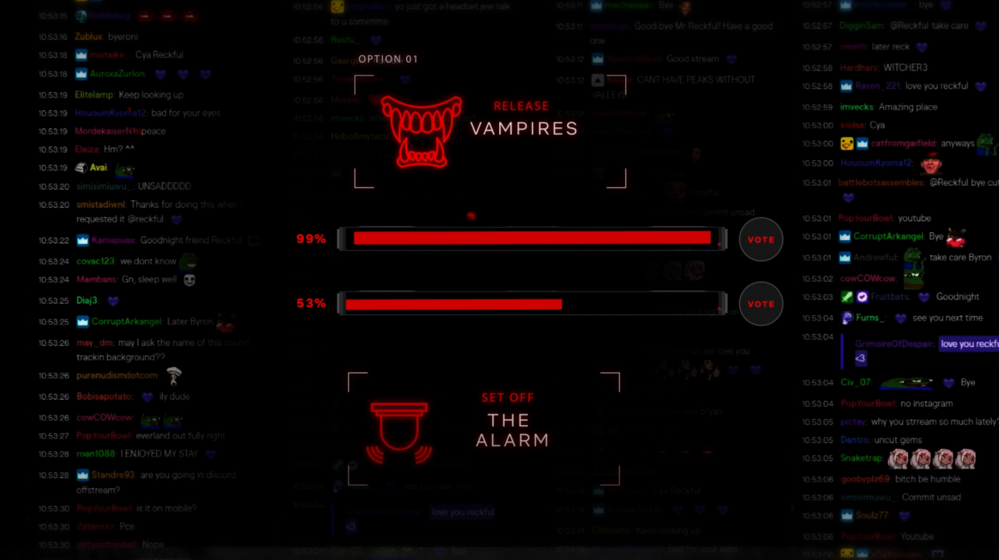
Why was Twitch the perfect platform for this campaign?
Chambers: Firstly the audience, because we were targeting these kinds of genre fans. Also, there's a fairly simple way to get to those people because you have streamers that have a built-in audience, so you can select a streamer and then you know you’ve got that audience. The audience on Twitch is also much more interactive because they’ve got the chat box.
There are live streaming capabilities on other platforms, such as YouTube, which is probably the only other platform that has the same kind of live-streaming feel as Twitch, but it just wasn’t the right one. Twitch had the live-streaming capability, had the audience and it had a simple way to bring the audience in once you’ve got a streamer on board. We knew that our audience was the most engaged and wanted to interact with the streamers, so it made perfect sense.
I believe brands are often a little bit scared of gaming audiences, perhaps because they want to control it a bit too much. The advantage of something like Twitch, and especially with this campaign, is that they are really interactive and engaged. Twitch isn’t only gaming, but that’s often what people think – in reality, there’s so much else going on. There are forums on there where people just go and talk. Twitch is generally known for gaming, but even within gaming, there are lots of crossovers between gaming genres and genre films. H0llyLP, the streamer we teamed up with, streams a lot of horror, zombie, and survival games, so we knew that his audience would be interested in at least those concepts of the film.
Hoffmann: I would also argue that both gaming audiences that can be found on Twitch and horror audiences all live off of the adrenaline they get from it. So they all have the same approach to what is good entertainment, and what is fun to them could be what causes pain to other people watching. But they really enjoy that, and so there’s a nice intersection between adrenaline and entertainment, and the gore that gives it to them.
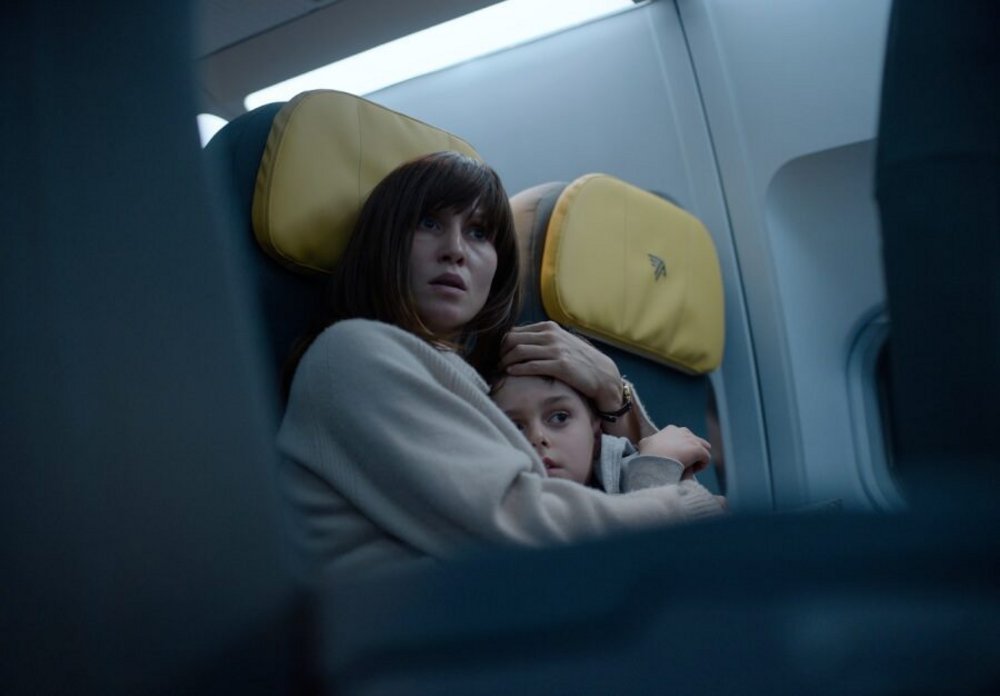
What were the logistics of bringing the campaign to life?
Chambers: We did this in a crazy amount of time. Pretty much from when we signed off the idea, we had six weeks, and in that time we had to find the location, build the movie set, rig the whole thing up with the cameras and get all the actors. We also had to find a plane and move it 300km. There was a lot of stuff to do, and so we were on daily calls, finding the streamer and the right influencers.
We had a live director from Flux who was there to help us. We moved the plane there, which was the actual set from the movie – in fact, it still had some blood in it when it got there. We had taken over this event space and re-skinned it to have a checking area and a boarding area. Then we had the plane, as well as actors from a German theatre troupe that do interactive horror called The Boo Crew. They have a team of actors that were used to just doing improvisational horror, so they were given a character and a brief and then they would know their marks when they were going to do something. They had a theatre director who was managing them, and he was liaising with the live director to make sure that people were in the right moments when we were streaming something. It was all choreography, really.
Flo Hoffman, Netflix
The very technical side of things was all taken care of by Flux. They had a big gallery where they’d set up all the live switches, they had the live director watching everything, and they would manage being able to switch the streams. And then that was streamed to H0llyLP’s channel. They really took care of that for us, so we didn’t have to worry too much about the technical aspects because we had a good partner.
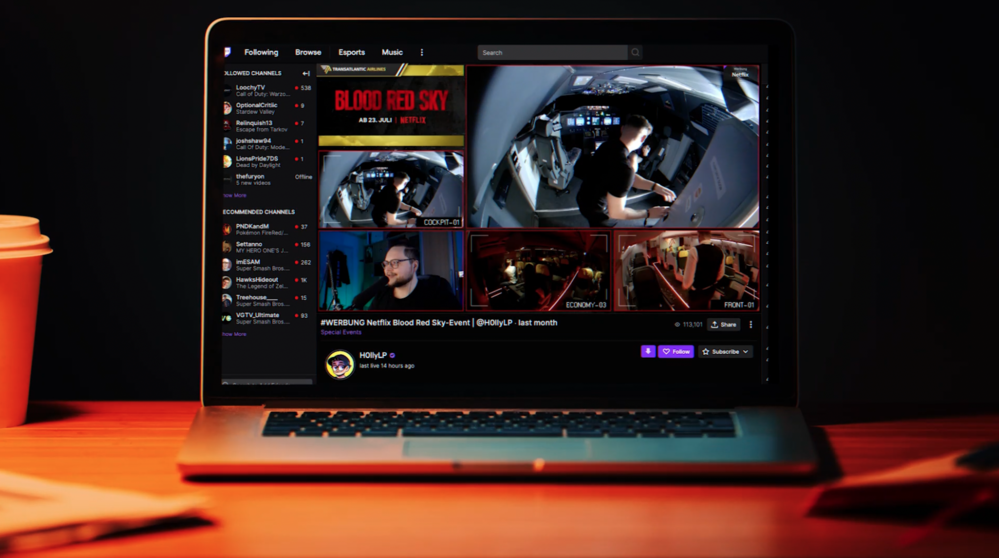
Hoffmann: I was on location when it all happened, seeing the technical crew and the theatre group and everybody else just doing their thing. As a client, I had to take a step back and let it all happen. There was a point where, because it was all live, we only had one shot – the influences were on board, H0llyLP was live and everything was happening at the same time, and we knew okay, this is it. I think the last thing you need in a moment like that is a client that asks stupid questions and tries to enforce a script that he signed off on.
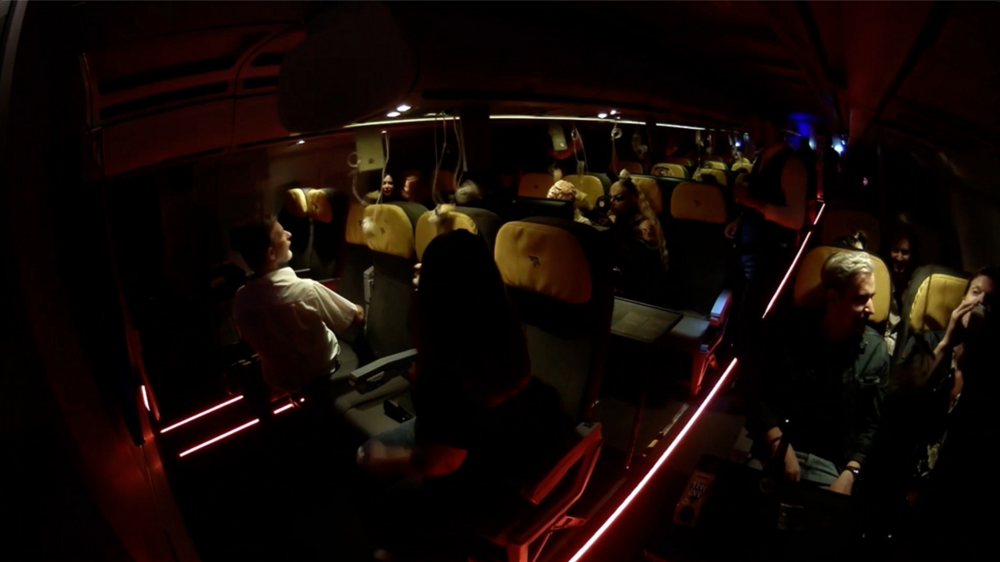
We’ve rarely had an activation that was so true to a title. It’s so true to the product, and you rarely get the opportunity to create an experience that lets you live the movie. We even put them on the real plane from the real film, and we had a campaign running where we played off of the fake airline in the film, Transatlantic Airlines. We had a TVC and an online video running, where you would have flight attendants giving you safety instructions for a very, very terrible flight, and it was intercut with scenes from the movie.
None of the people that attended that premiere saw the communication around the Twitch activation, because we kept that secret for as long as possible. They did, however, see the TVCs and also the trailer of the film, and then arrived at the location. The Twitch audience saw what we were doing, and they immediately connected to the film. We heard for weeks after the premiere how the influencers still connect that movie to the experience they had. And I think that's a very, very powerful combination. That real experience connected to watching a film, and when they rewatch it, they will always think about sitting on that plane getting scared to death from vampires.
Do you have any advice that you would give other people trying to activate on Twitch or trying to do something with live streams?
Chambers: You have to know the audience, and you have to trust them. When Flo was talking about watching it live, I was thinking back to how my heart was in my mouth. You’re so aware that you're doing this live and anything could happen. Who knows how people are going to react, and because it’s live you can’t just switch it off or edit parts out. So I remember feeling a little bit sick in my stomach while I was watching, just thinking about the potential things that could happen.
Hoffmann: My advice is, don't go to a platform like Twitch and then tell them what to do. If you’re on Twitch, you’re in the streamers’ yard, so let them do their thing and trust them. Obviously we had a couple of no-goes around what we wouldn’t say. But other than that, I didn’t need H0llyLP to share prepared sentences he would use in the chat or anything, because that would take away the authenticity of everything. That’s an important thing, because the Twitch audience is very, very awake. If you try to play them or try to do things that don’t fit that space, they will know and they will tell each other and all of a sudden you have a wonderful negative chat going with your brand. So if you go on Twitch, embrace it.
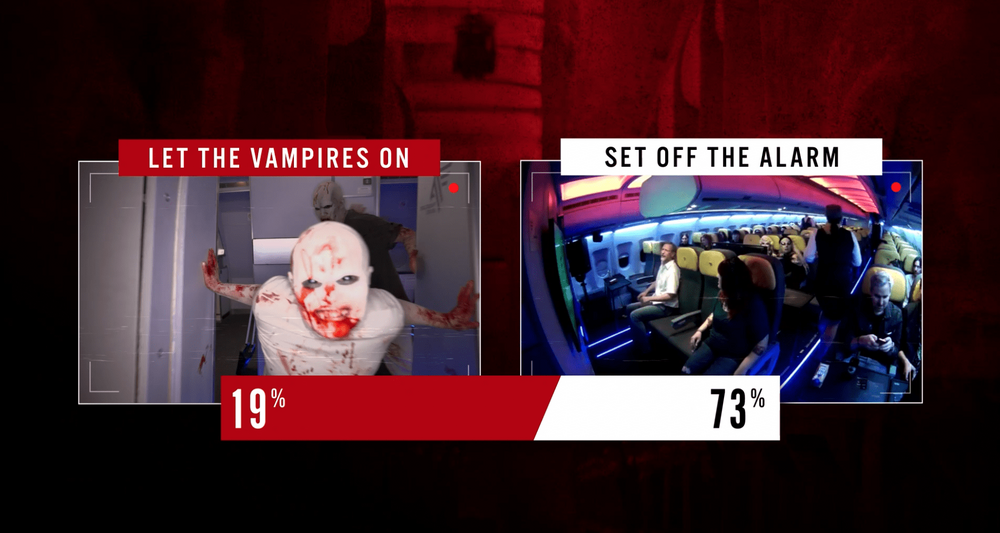
Do you think that this campaign has helped with Netflix’s long term strategy or larger objectives in any way?
Hoffmann: It did in two ways. Firstly, there’s what we talked about earlier about how we are trying to shift the perception in Germany that German content is boring, predictable, or just simply not good. The campaign, as well as the content itself, helped move that perception. Another point is that it's one more great campaign that tells a great story, that is conversational and that shows how Netflix is doing things differently. So yeah, I would say it's ticking both those boxes.
What was your single greatest learning from this campaign?
Chambers: I’m saying this in the nicest way possible, but Flo is a stubborn client. Once he bought into the idea, he was going to make sure it happened. There were obviously lots of questions being raised about trying to pull something like this off in six weeks, and it’s not something we could’ve done without Flo and without working so close together. So I think one of the learnings, especially in terms of trying to pull something off in such a short period of time, is that you have to believe you can do it. The longer you spend talking about how you can't do it, you’ve lost a week and then another week, and then suddenly you've only got four weeks left. So it’s about being stubborn, having a positive outlook and just finding ways to make things happen, I guess.
Hoffmann: I would like to return the compliment, if that was one, because the same goes for Tommy. They went with it when I got my stubborn hat on and said, ‘We're going to do this.’ There was some controversy around it, as you can imagine, because we were putting people in a situation that they don't know, that is scary, and that involves blood and fires on the plane. So initially we weren't pushing for that idea very hard, but then when we were convinced, we really went for it. A recommendation would be to run with it and have fun.
Want more of the same? /
We don’t just write about best-in-class campaigns, interviews and trends. Our Members also receive access to briefings, online training, webinars, live events and much more.


